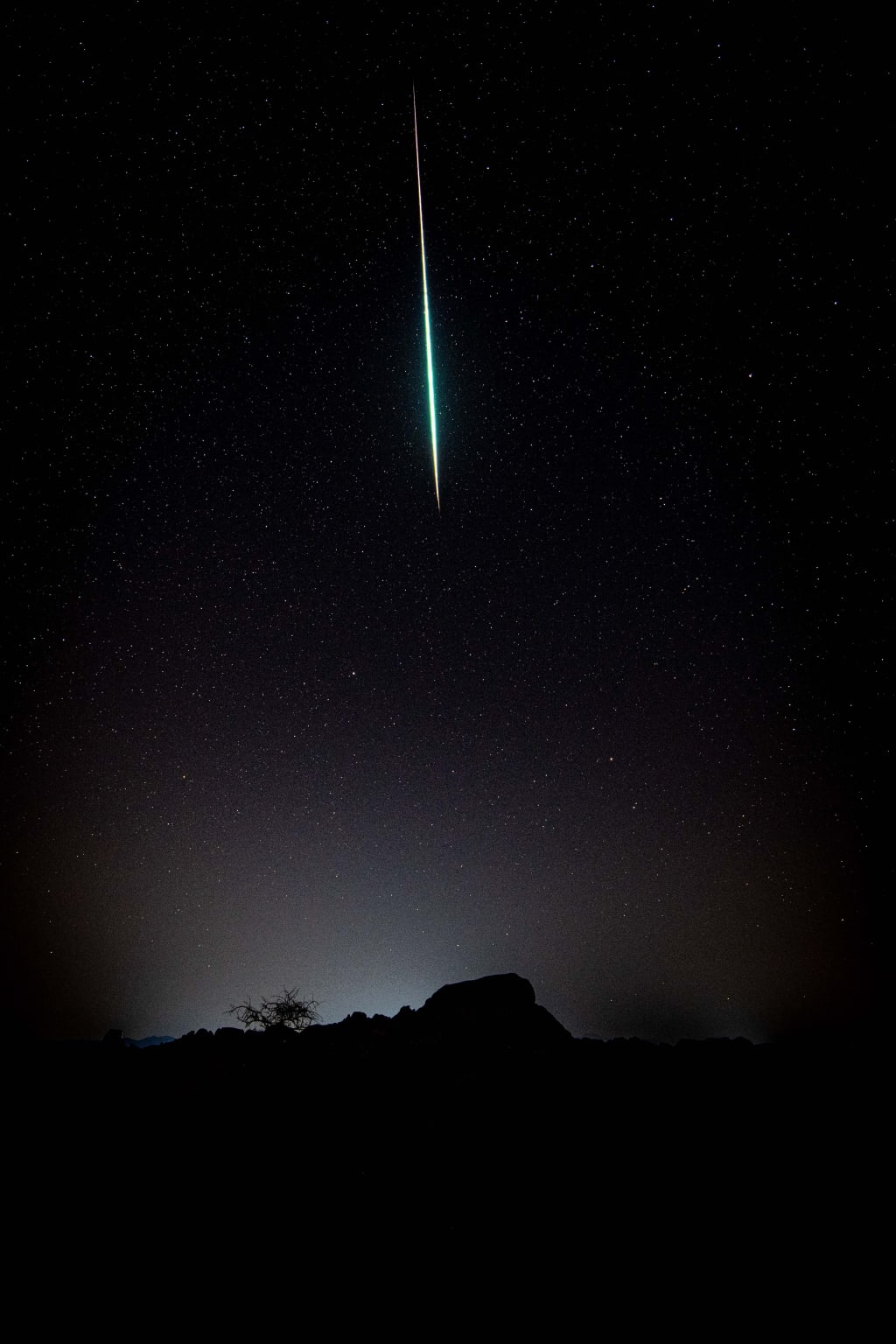The Chelyabinsk Meteor
We can summarize our knowledge about the Chelyabinsk Meteor as follows:

Let's begin with the fact that the recently observed meteoroid was the largest object to penetrate Earth's atmosphere since the Tunguska event of 1908. During the Tunguska event, a small comet or meteor exploded over Siberia, destroying 80 million trees across an area of 2150 square kilometers. For clarification, the original object is referred to as a meteoroid, while the explosion in the atmosphere is known as a meteor, and the material that reaches the ground is a meteorite. Scientists have estimated that the mass of the original 19-meter-wide object was between 12,000 and 13,000 metric tons, twice as large as the earliest estimates.
The meteoroid was traveling at a speed of approximately 19 kilometers per second, which is 50 times the speed of sound, upon entering Earth's atmosphere. It began to break up between altitudes of 30 and 45 kilometers, resulting in the well-known streaking fireball, which momentarily shone 30 times brighter than the sun. The meteor emitted enough heat and light to cause burns to some people's skin and retinas. Even NASA, which is typically conservative in its language, described the event as "an extraordinarily large fireball." One study published in the journal Nature estimated that the energy of the Chelyabinsk airburst was equivalent to 400 to 600 kilotons of TNT. This level of impact was not expected for a meteoroid of this size.
The impact resulted in more than 3,000 damaged buildings in Chelyabinsk alone. New analyses suggest that impacts of this magnitude may occur every few decades, rather than once every 150 years, as previously believed. Most impacts take place in the ocean or remote areas with few people and dashboard cameras. As with most meteors, the Chelyabinsk space rock disintegrated during its fiery passage across the sky, with nearly all of it turning into gas and dust by the time it reached an altitude of 27 kilometers. Fortunately, the atmosphere absorbed most of the kinetic energy from the airburst, and scientists believe that only about 5,900 kilograms of meteorites struck the Earth, with almost all of them being tiny pieces scattered along the meteor's path. One widely circulated photograph shows the largest impact, a 650-kilogram meteorite that crashed through the ice into Lake Chebarkul. A team of researchers retrieved this fragment and discovered that, like 95% of all meteorites, it was a chondrite, a combination of minerals and metals that may be up to 4.5 billion years old.
Chondrites are essentially unchanged since they were originally part of the asteroid, and they can be identified because they have never been exposed to temperatures hot enough to melt the rock. Scientists now believe that, due to its low orbit, the Chelyabinsk meteoroid may be related to another asteroid known as 86039, which was discovered in 1999 and has also come close to Earth. However, it is important to note that this spectacular impact was not predicted, which suggests that our asteroid trackers may need to be updated. Finally, we are grateful to all the scientists working hard to ensure that we are not struck by a massive space rock.
About the Creator
Bob Oliver
Bob is a versatile writer & communicator passionate about exploring diverse topics & perspectives. I have written for various media outlets. And I believes in using words to inspire positive change. #writing #communication #passion
Enjoyed the story? Support the Creator.
Subscribe for free to receive all their stories in your feed. You could also pledge your support or give them a one-off tip, letting them know you appreciate their work.






Comments
There are no comments for this story
Be the first to respond and start the conversation.